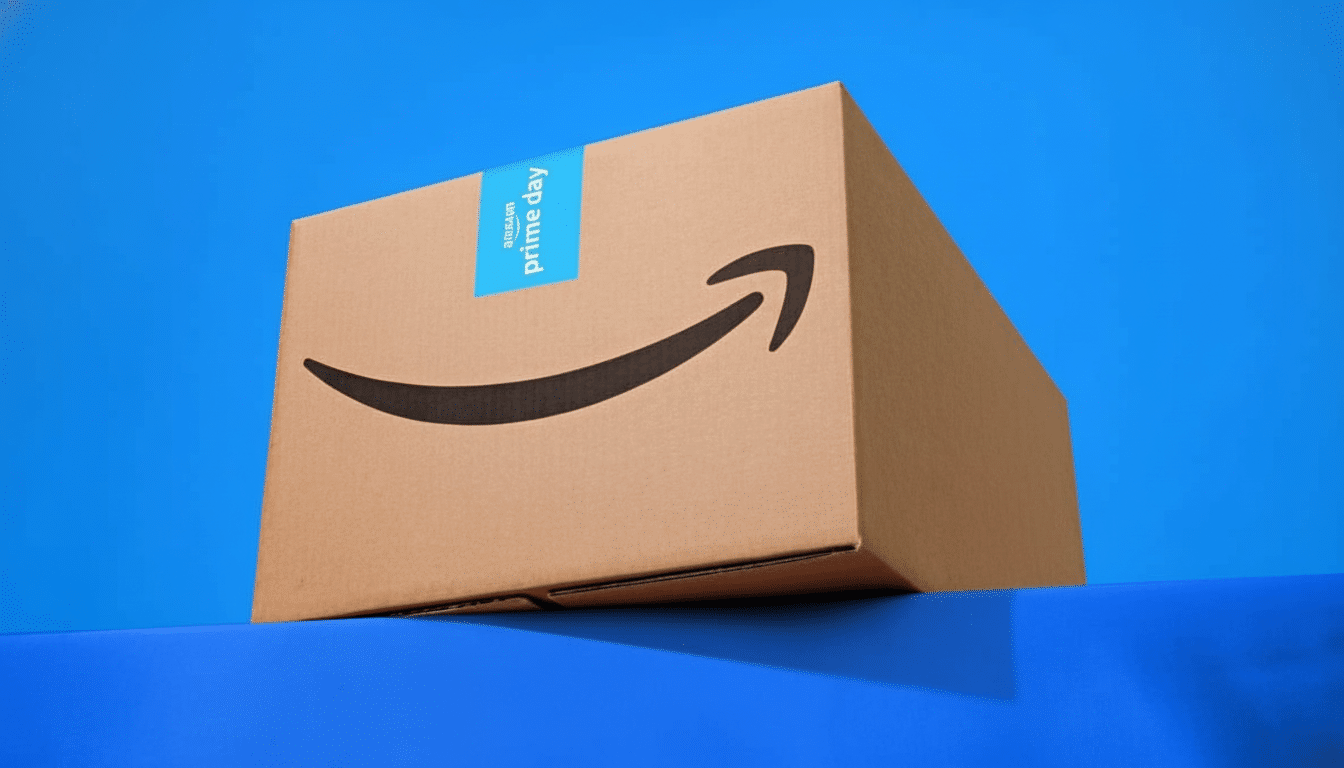Amazon is pushing serious readers toward its traditional black-and-white Kindle models, arguing that they offer a sharper, faster-reading experience than the company’s new color devices.
In product FAQs about the color lineup, Amazon admits that the color layer “impacts brightness and texture,” and implies that people who care most about text clarity should buy Kindle Paperwhite.
- Amazon’s Own Pitch Is Monochrome Friendly
- Why Color E Ink Appears Softer for Reading Text
- Who Color Kindles Benefit Most and How They Help
- Pricing And The Paperwhite Advantage for Readers
- What to Read Before You Buy a Color or Monochrome Kindle
- Bottom Line for Book Lovers: Monochrome Remains Best for Text

Amazon’s Own Pitch Is Monochrome Friendly
Through the color Kindle product page, Amazon notes deep within its write-up that the company uses a filter layer to create colors so they stand out unlike basic e-ink displays available on its Paperwhite readers.
The company adds that those of you looking for the “more crisp” look of black-and-white clips probably are also going to prefer Paperwhite, which the company says boasts the fastest page turns and highest contrast available across Kindle’s current lineup.
That’s an unusual bit of candor in consumer tech: the producer of a premium color option essentially telling novel-firsters to stick with the cheaper, monochrome device. Publications that follow the e-reader market, such as Good e-Reader, flagged the guidance as a signal: Amazon wants to manage expectations before shoppers think color makes all reading better.
Why Color E Ink Appears Softer for Reading Text
Color e-readers add a color filter array over the top of that monochrome e-paper panel. The problem is that the filter’s colors muck up the resolution, says E Ink, the dominant provider of these screens: monochrome text can display at 300 pixels per inch (ppi), but color operates more around 150 ppi on a similar panel due to filter structure. The result is a matter of simple physics: fewer effective pixels and a dimmer path for light equals text that looks a touch less sharp, and contrasty.
Front lights can also expose more uneven gaps on color screens as they change to black and white. Reviewers who have lived with color e-ink devices have noted that lighting artifacts you hardly spot in comic panels can be bothersome on dense black-and-white pages. That Amazon guidance reflects those real-world observations.
Who Color Kindles Benefit Most and How They Help
Color continues to have a discernible audience. Comics, graphic novels, illustrated non-fiction periodicals, and children’s books in general benefit from chroma that maintains the visual intent. For professionals, a color-capable Kindle Scribe could make it easier to mark up PDFs, slide decks, and web clippings—where color-coded highlights are important—in a way that feels less sticky than with an inked-up display.
But if 90% of your reading is prose — novels, biographies, and long-form articles like this one over here — monochrome is still the best tool for that job. Page turns are generally snappier on black-and-white screens; battery life frequently extends longer because the front light can run dimmer, and the higher contrast in text is more readable for prolonged periods of time.

Pricing And The Paperwhite Advantage for Readers
Amazon’s color models are priced much higher, reflecting the added display hardware and note-taking ambitions. Paperwhite and the regular Kindle come in way, way under the price of a color device while offering many of the features bookworms care about most: high-contrast reading text, low glare, comfortable lighting and (thanks to extremely efficient screen tech) stamina that lasts weeks.
Amazon also emphasizes that Paperwhite now leads its lineup on page-turn speed and contrast — two things that matter more for immersion reading than for casual skimming. The framing is intentional: the company isn’t portioning up its readers on a “good, better, best,” basis but by “right tool for the content.”
What to Read Before You Buy a Color or Monochrome Kindle
Evaluate your library first. If you have a backlog of prose, a black-and-white Kindle will feel faster and cleaner. If your backlog is heavy on manga, comics, cookbooks or design references, color might be worth the trade-offs. If you can, sample a few pages in-store, and look out for front-light uniformity and how small fonts will render on each screen.
It’s also wise to consider workflow. Readers who like to mark up PDFs may enjoy having color highlights and pens on a color Scribe, while those focused primarily on collecting text quotes might be drawn more to the Paperwhite’s portability and battery life.
Bottom Line for Book Lovers: Monochrome Remains Best for Text
Amazon’s message is refreshingly simple: Color is a creative upgrade, not a universal one. For uninterrupted, eyes-on-text reading, monochrome e-ink — particularly on the Paperwhite — still offers the most pleasant and consistent experience. Those who live in images will love what color brings; others are better off with the classic black-and-white page.
What would happen to the rare and antiquarian book market in which you trade in your bookstore?
Sources: Amazon product FAQs and listings for its color e-readers, E Ink technical information on color e-paper, and reporting by Good e-Reader on display attributes and shopping advice.

